Table of Contents
The Power of Less – A Journey into Minimalism
In a world overflowing with complexity and information, many of us yearn for simplicity a place where we can pause, reflect, and simply be. Minimalism art provides that space, using form, color, and shape to convey ideas without overwhelming the senses. This art movement, focused on the principle that “less is more,” strips away distractions, leaving you with only the essence. When you encounter minimalist art, you’re encouraged to slow down, consider each line, each color, and each negative space as it quietly speaks.
This concept of reduction is more than just an artistic style; it’s a transformative experience. Minimalism invites you to step back, to look deeper, and to find peace in the uncluttered. As we dive into the world of minimalism art, you’ll discover why it’s more relevant than ever, how it began, and how you can start to appreciate its quiet beauty.
What is Minimalism in Art?
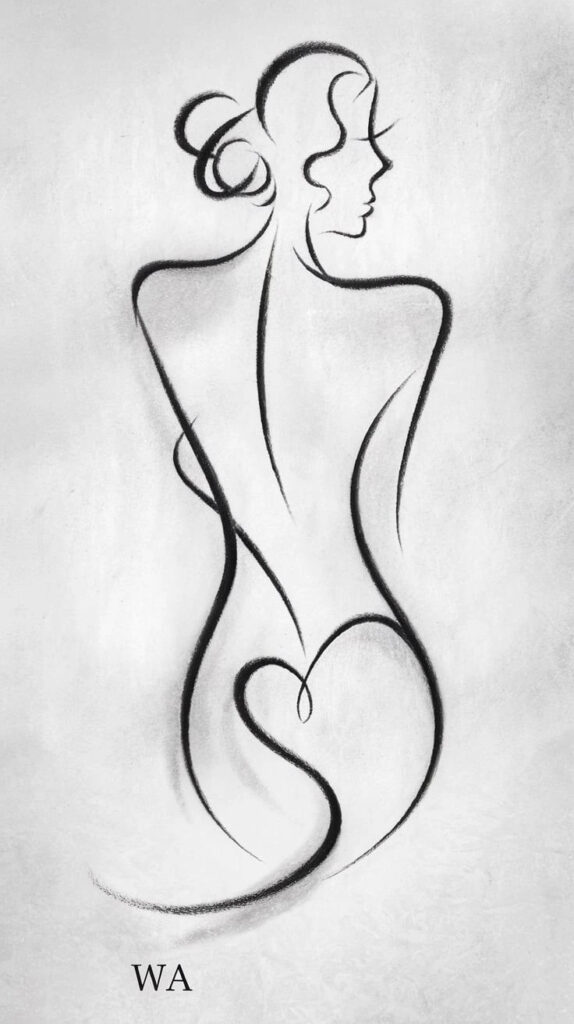
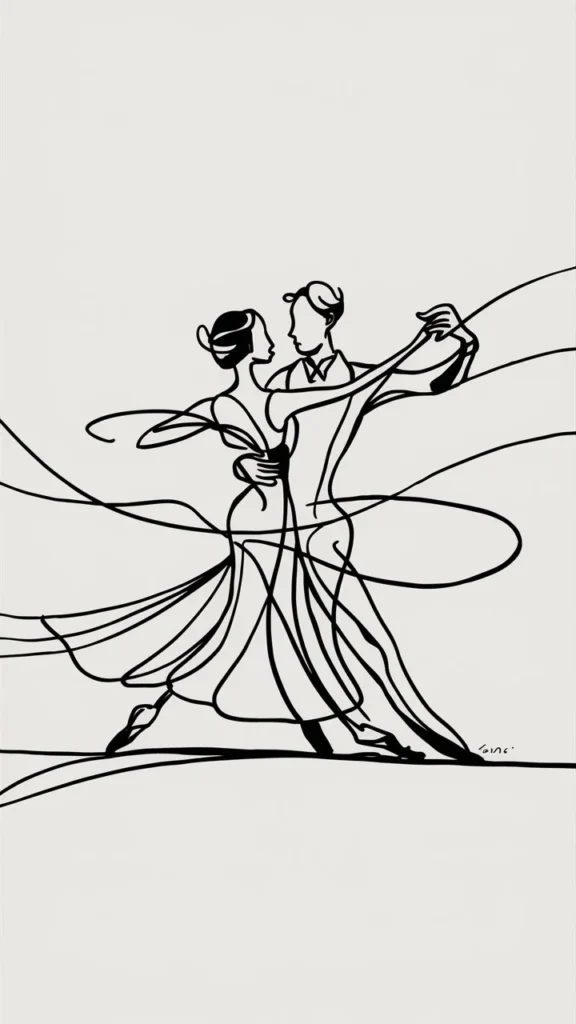

At its core, minimalism art is about purity and focus. Emerging as an art movement in the 1960s, Minimalism Art challenges traditional ideas by prioritizing simplicity over complexity, form over detail, and clarity over chaos. Rather than filling the canvas with intricate details, minimalist artists work with simple shapes, limited colors, and open spaces. This reduction isn’t meant to be empty; it’s designed to provoke thought and emotion through simplicity.
Minimalist works often use geometric shapes, neutral or monochrome colors, and carefully structured compositions to draw you in. Instead of telling you exactly what to think or feel, these works invite you to explore your own response. It’s this openness, this quiet dialogue, that defines minimalism art. In its essence, minimalism is as much about what isn’t there as what is a statement as subtle as it is powerful.
The Origins and Evolution of Minimalism Art
The Birth of Minimalism
Minimalism originated in the United States during the post-World War II era, a time when artists were exploring new ways to communicate. The movement took root as a direct response to abstract expressionism, which was characterized by intense emotionality and dynamic, often chaotic compositions. Minimalism took a different approach. Rather than evoke emotion through expressive, turbulent brushwork, minimalist artists sought to convey clarity and control.
Key figures such as Donald Judd, Agnes Martin, and Frank Stella emerged as pioneers, each contributing a unique perspective to Minimalism Art. Judd worked with industrial materials, creating geometric sculptures that played with space and form. Martin used delicate lines and grids to express serenity and inner peace. Stella focused on pure form and repetition, creating balanced, rhythmic pieces. Together, these artists set the foundation for a movement that would challenge conventions and inspire countless others.
The Evolution of Minimalism
Over time, minimalism evolved beyond its early roots, spreading into architecture, design, and even lifestyle. Artists began experimenting with new materials like concrete, steel, and Plexiglas, moving away from traditional mediums like canvas and oil paint. This shift allowed them to focus even more on materiality and form. Minimalism Art reach extended, influencing not only visual arts but also fields like industrial design, interior decor, and fashion, each interpreting minimalism through its own lens of functionality and simplicity.
Key Principles of Minimalism in Modern Art
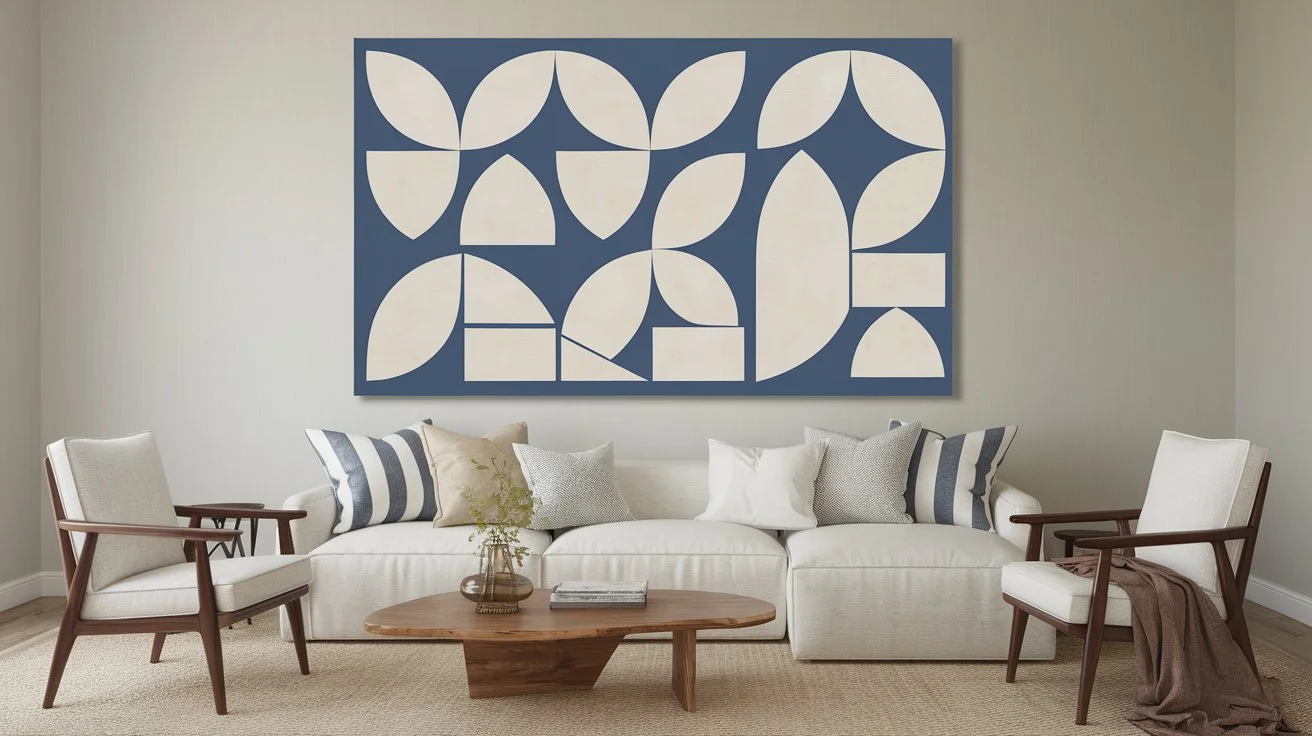
Emphasis on Simplicity and Form
One of Minimalism Art defining principles is simplicity. Artists distill complex ideas into their most basic forms, using clean lines, pure shapes, and monochromatic or neutral colors. Rather than relying on elaborate details, minimalist works use these forms to communicate ideas, inviting you to consider the impact of a single line or the balance between two colors.
Less is More – Reducing to the Essentials
Minimalism embodies the philosophy of “less is more.” Instead of adding layers of meaning through intricate details, minimalist art often strips down to only what’s essential. This reduction leaves space for you to explore the art with your own interpretation, unencumbered by superfluous elements.
Creating Space for Interpretation
Minimalism isn’t about delivering a direct message; it’s about creating an open-ended experience. By using empty space known as negative space artists allow viewers to engage with the artwork on their own terms. This approach invites you to find personal meaning in simplicity, making minimalism art as much about your own interpretation as it is about the art itself.
Influential Minimalist Artists and Their Iconic Works
Donald Judd
Donald Judd is a central figure in minimalism art, known for his work with industrial materials and geometric shapes. Judd’s pieces are often composed of simple, box-like structures that emphasize form over ornamentation. His focus on spatial arrangement and his use of materials like metal and Plexiglas encouraged viewers to experience his work in a three-dimensional context, altering how they interact with art in space.
Agnes Martin
Agnes Martin’s work offers a meditative experience. Known for her delicate grids and soft colors, Martin’s pieces evoke tranquility and introspection. Each of her paintings features subtle variations in tone and line, creating a visual harmony that invites contemplation. Martin’s art shows that simplicity can evoke deep emotion, transforming minimalism art into an expression of peace and balance.
Frank Stella
Frank Stella’s bold approach to minimalism art challenged traditional ideas about painting. His “Black Paintings” series, featuring geometric patterns and parallel lines, is a notable example. By focusing on form and repetition, Stella’s work creates visual rhythm, demonstrating how simple shapes and lines can create a complex, layered experience.
Ellsworth Kelly
Ellsworth Kelly explored minimalism art through color and shape. Known for his use of bold, solid colors and abstract forms, Kelly’s art is visually striking yet conceptually simple. His works often feature one or two colors in clean, geometric shapes, creating a balance between form and hue that is both visually impactful and deeply calming.
The Appeal of Minimalism Art in Modern Culture
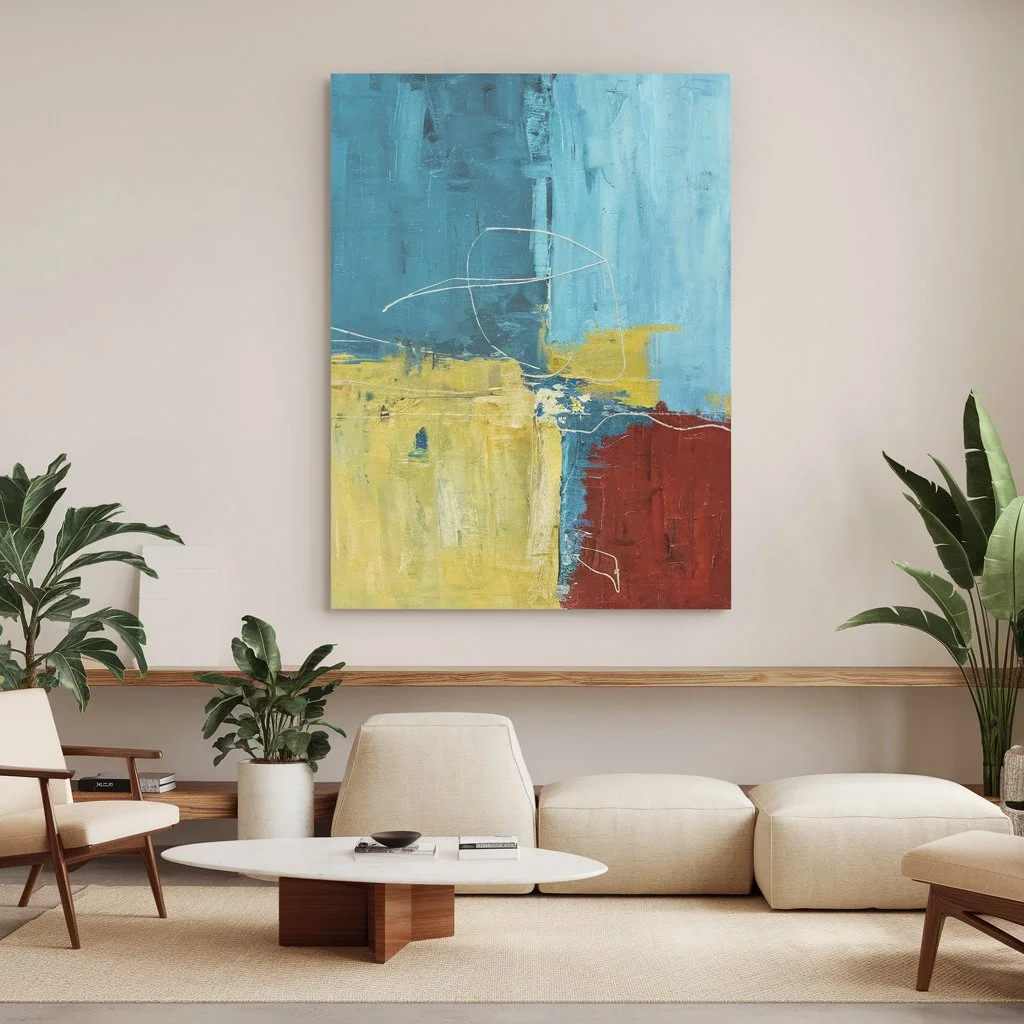
Minimalism resonates deeply in today’s culture, particularly because it offers a counterbalance to the complexity of modern life. As digital and urban environments become increasingly cluttered, minimalism’s focus on clarity and simplicity provides a welcome reprieve. This movement’s influence can be seen beyond art, impacting architecture, design, and even lifestyle choices.
In architecture and design, minimalism manifests as open, airy spaces with clean lines, natural materials, and a focus on functionality. These spaces often prioritize neutral colors, allowing light and space to become part of the experience. In the context of lifestyle, minimalism encourages people to live with intention, valuing quality over quantity and embracing only what is essential.
This appeal to simplicity and focus has made minimalism a guiding philosophy for those seeking clarity in an otherwise chaotic world. Whether through art, interior design, or daily choices, minimalism offers a way to reduce noise and bring calm to our lives.
How to Appreciate and Understand Minimalism Art
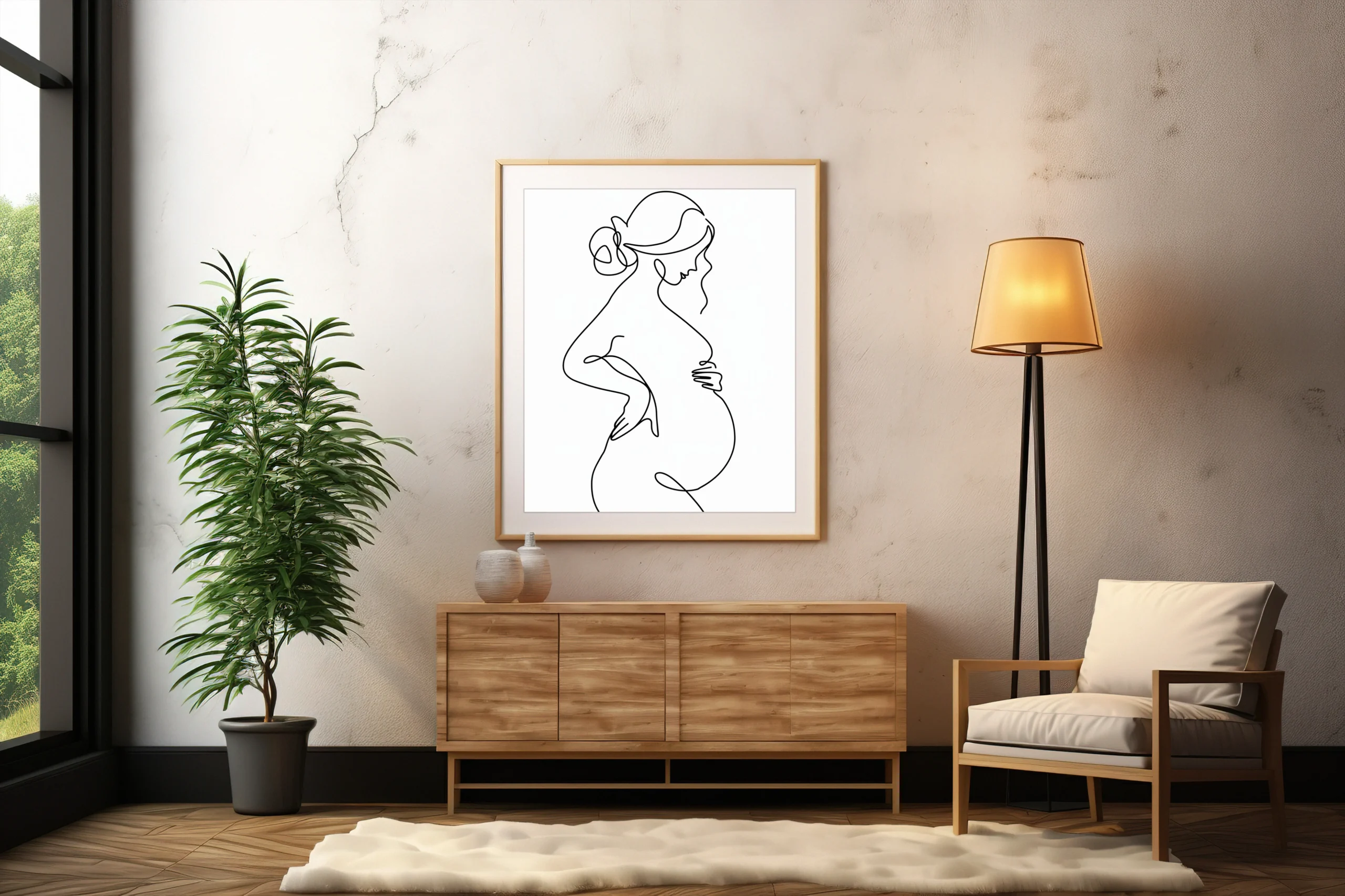
Approaching minimalism art may feel unfamiliar at first, especially if you’re used to works that are rich in detail and symbolism. But with an open mind and a few pointers, you can find personal meaning in the subtle beauty of minimalism.
- Observing Shapes and Colors: Minimalist art relies heavily on shape, color, and form. Spend time observing these elements. Notice the lines, angles, and how they interact with one another. Ask yourself what emotions or thoughts each element evokes.
- Embracing Empty Space: Negative space is as important as the shapes within it. Minimalism uses this space to create balance and focus. When looking at a minimalist piece, don’t just focus on what’s present let your eyes wander to the empty areas and consider how they shape the overall experience.
- Finding Personal Meaning in Simplicity: Minimalism doesn’t dictate a single meaning. Instead, it invites you to bring your own interpretation. Think about how the artwork makes you feel, and what personal experiences or thoughts it brings up. There’s no right or wrong answer in minimalism; it’s an open invitation for personal reflection.
Frequently Asked Questions (FAQ)
What is minimalism in modern art?
Minimalism is an art movement that emphasizes simplicity, focusing on basic shapes, limited colors, and negative space. It seeks to convey meaning through the essence of form, inviting viewers to engage with the artwork on a personal level.
Who are the most famous minimalist artists?
Some of the most well-known minimalist artists include Donald Judd, Agnes Martin, Frank Stella, and Ellsworth Kelly. Each of these artists brought a unique perspective to minimalism, using materials, shapes, and colors in ways that defined the movement.
Why is minimalism important today?
Minimalism resonates with today’s audiences because it offers a sense of calm and clarity, countering the complexities of modern life. Its focus on simplicity and intention has influenced various aspects of culture, including architecture, design, and even lifestyle choices.
How can I start collecting minimalist art?
If you’re interested in collecting minimalist art, start by exploring local galleries, online platforms, and auction houses. Look for pieces that resonate with you personally, and consider starting with affordable prints or smaller works that capture the principles of minimalism.
Conclusion: Embracing Simplicity in Art and Life
Minimalism art is more than a visual style; it’s a way of thinking and seeing. It encourages you to find beauty in simplicity, to appreciate the essential, and to slow down in a fast-paced world. As you explore minimalism, whether in art galleries, in your home, or in your everyday choices, you may find that simplicity brings a sense of peace and clarity.
